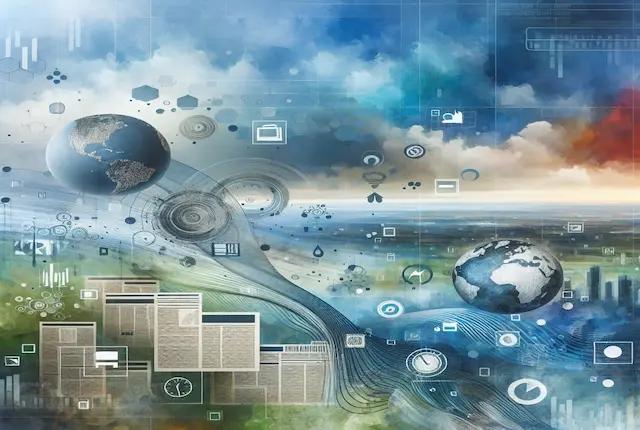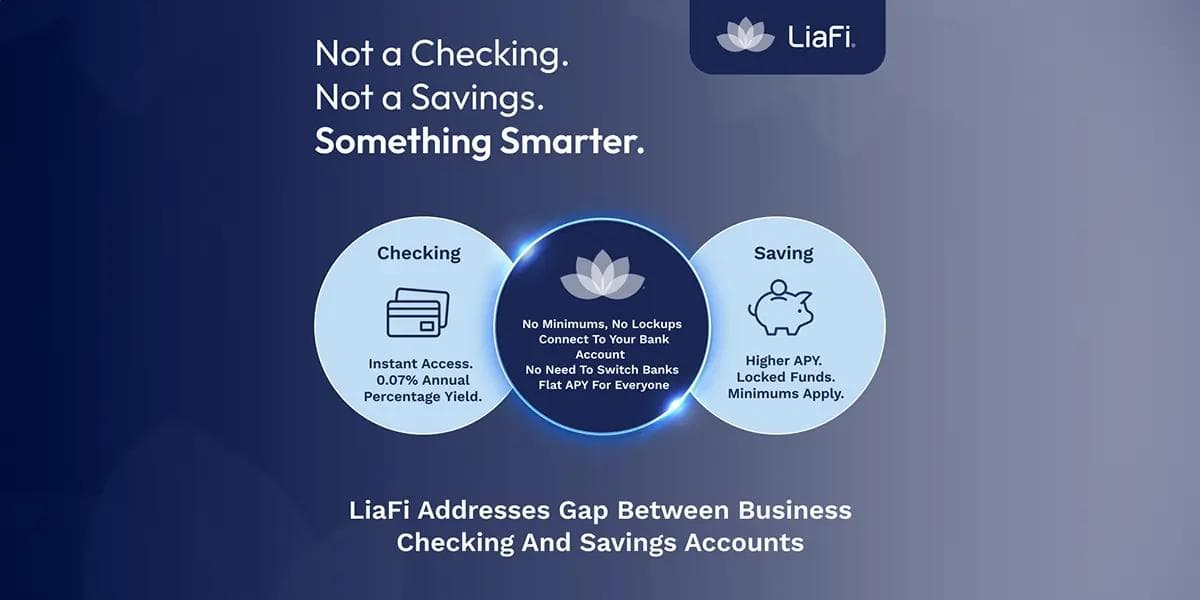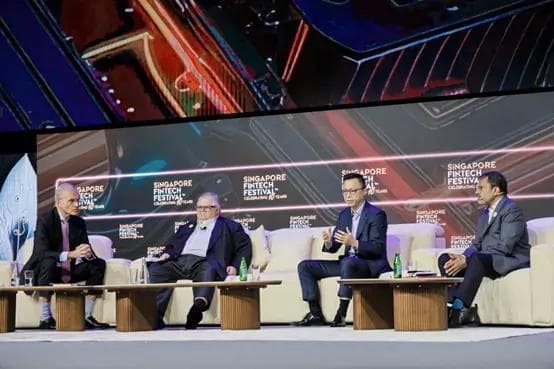THE BALANCING ACT: THE ROLE OF THE HUMAN IN CUSTOMER EXPERIENCE
THE BALANCING ACT: THE ROLE OF THE HUMAN IN CUSTOMER EXPERIENCE
Published by Gbaf News
Posted on July 19, 2017

Published by Gbaf News
Posted on July 19, 2017

Bill Safran, CEO, Vizolution

Bill Safran
The banking industry has made tremendous strides in transforming the customer experience. With ATMs starting the self-serve movement over 40 years ago, the proliferation of channels and devices has gained pace over the last 10 years, opening up a plethora of options for reaching and serving customers.
As digital channels have expanded the potential for self-serve, digital transformation has become the holy grail for banks looking to serve customers at a lower cost. However, is this really the panaceas for all ills?
The road to self-serve
Consumers today are no longer restricted to in-store, over the phone or even online banking. Instead,consumers are only a smartphone away from checking statements, making payments or setting up standing orders. And it’s not just banks that are driving this change – the appetite for self-serve is high among consumers who have been enthusiastic about adopting these channels. For example,Britons already check bank balances 10.5 million times a day on apps, with over 8 million consumers downloading banking apps in the last year alone – and we are still seeing exponential growth across digital channels.
Looking at the adoption statistics and the benefits that banks can achieve in terms of reduced costs, it seems like the case for driving self-serve across all journeys is watertight. However, the reality is a lot more complex. Indeed, for simple linear journeys such as checking a balance, there is no question that self-serve is the best option. However, self-serve channels are by nature low engagement and this can be a problem when journeys are non-linear, complex or when customers stray off the ‘happy path’.
It is in these more complex journeys we start to see a shift in customer attitudes and behaviour as consumer demand for human interaction increases. This was evidenced by Accenture in its recent ‘Digital Disconnect in Customer Engagement’study*, where it found that ‘in their rush to take advantage of all-things-digital, many companies have lost sight of the value of human connections’, with 73% of consumers actively seeking out humans to get advice. What we are seeing through this, and through an increasing number of other studies,is that customers reach a stage where they want, and indeed expect, to engage with other humans.
When is the human touch needed?
There are many different scenarios where a self-serve journey will not be sufficient for a customer. The three most important are journeys that are highly emotional or involve impact decisions;complex journeys with multiple decision paths; or where information, data, or documents need to be exchanged and as a result, where the customer can stray off the intended journey.
Highly emotional, or journeys with impact decisions, are those that will hold significance(or perceived impact) to the customer. For example, a mortgage decision is one of the largest financial decisions that a customer is going to make in their life. As such, a customer wants to be able to discuss the details of the product and gain reassurance from the bank agent. Likewise, a pension decision is even more fraught – a customer is making a decision that will impact the funds they will live on from retirement until they die. This is not a decision that most customers are willing to determine themselves, or abdicate to a robo adviser.
Complex journeys, where there are multiple decision paths, are best suited to an assisted journey to guide the customer to a solution that best meets their needs. A mortgage application is an example of a journey best delivered with some form of human interaction. With many stages in the process and two-way information exchange,a mortgage journey is not linear and there are many stalling or break points in the journey.
Self-serve journeys are typically designed to handle a ‘happy path’ scenario that will be able to process the pareto 80% of cases. But what happens with those customers that cannot follow that happy path?Self-serve needs to create seamless journeys to handle those customers. For example, a failed credit check can derail an application and without any human interaction, it is highly likely to end as a failed journey.
For all of these journeys, forcing customers down the humanless route has the potential to cause customer frustration and broken journeys -whether that’s providing human support for customers who get stuck at a point in a digital journey, or starting a customer journey with a human who can explain a complex product and then leaving them to complete their journey through a digital channel. The challenge for banks is therefore not how they digitise every journey, rather, how they find the balance between human and humanless interactions to ensure these journeys are successful.
Striking the balance
For many in the banking industry,recent discussion has been centred around whether technology should replace humans. And in some situations, the answer is a resounding yes. However, for many other journeys, the evidence supporting human interaction is strong. In these cases, technology still has an important role to play in improving the human interaction. For example, contact centre agents are increasingly using technologies that help them deliver a seamless and efficient journey, whether that’s enabling the signing documents online and removing the delay of hardcopy and post, or using screen-sharing technology to demonstrate complex product comparisons.
Customer experience starts to get really interesting when we look at how humans and technology can work seamlessly together, moving customers along a journey that utilises low cost self-serve channels when the journey permits, and providing human interaction at the point of need.
The future of banking
While technologies such as robo and AI offer infinite possibilities as the level of sophistication increases, we cannot ignore the fact that our customers are humans and it is ultimately their acceptance of the technology that will determine its success. The reality is that technology may surpass what the consumer is comfortable with, and forcing customers too far down a self-serve route could have damaging consequences.
The debate for banks shouldn’t be whether to go human or humanless – it should be making sure the right choice is made for the right customer journey and in many cases, combining both within a single customer journey. When we stop thinking in terms of technology or humans as an either/or scenario, we can move onto a new era in customer experience that optimises both to deliver a cost efficient and effective journey.
Bill Safran, CEO, Vizolution

Bill Safran
The banking industry has made tremendous strides in transforming the customer experience. With ATMs starting the self-serve movement over 40 years ago, the proliferation of channels and devices has gained pace over the last 10 years, opening up a plethora of options for reaching and serving customers.
As digital channels have expanded the potential for self-serve, digital transformation has become the holy grail for banks looking to serve customers at a lower cost. However, is this really the panaceas for all ills?
The road to self-serve
Consumers today are no longer restricted to in-store, over the phone or even online banking. Instead,consumers are only a smartphone away from checking statements, making payments or setting up standing orders. And it’s not just banks that are driving this change – the appetite for self-serve is high among consumers who have been enthusiastic about adopting these channels. For example,Britons already check bank balances 10.5 million times a day on apps, with over 8 million consumers downloading banking apps in the last year alone – and we are still seeing exponential growth across digital channels.
Looking at the adoption statistics and the benefits that banks can achieve in terms of reduced costs, it seems like the case for driving self-serve across all journeys is watertight. However, the reality is a lot more complex. Indeed, for simple linear journeys such as checking a balance, there is no question that self-serve is the best option. However, self-serve channels are by nature low engagement and this can be a problem when journeys are non-linear, complex or when customers stray off the ‘happy path’.
It is in these more complex journeys we start to see a shift in customer attitudes and behaviour as consumer demand for human interaction increases. This was evidenced by Accenture in its recent ‘Digital Disconnect in Customer Engagement’study*, where it found that ‘in their rush to take advantage of all-things-digital, many companies have lost sight of the value of human connections’, with 73% of consumers actively seeking out humans to get advice. What we are seeing through this, and through an increasing number of other studies,is that customers reach a stage where they want, and indeed expect, to engage with other humans.
When is the human touch needed?
There are many different scenarios where a self-serve journey will not be sufficient for a customer. The three most important are journeys that are highly emotional or involve impact decisions;complex journeys with multiple decision paths; or where information, data, or documents need to be exchanged and as a result, where the customer can stray off the intended journey.
Highly emotional, or journeys with impact decisions, are those that will hold significance(or perceived impact) to the customer. For example, a mortgage decision is one of the largest financial decisions that a customer is going to make in their life. As such, a customer wants to be able to discuss the details of the product and gain reassurance from the bank agent. Likewise, a pension decision is even more fraught – a customer is making a decision that will impact the funds they will live on from retirement until they die. This is not a decision that most customers are willing to determine themselves, or abdicate to a robo adviser.
Complex journeys, where there are multiple decision paths, are best suited to an assisted journey to guide the customer to a solution that best meets their needs. A mortgage application is an example of a journey best delivered with some form of human interaction. With many stages in the process and two-way information exchange,a mortgage journey is not linear and there are many stalling or break points in the journey.
Self-serve journeys are typically designed to handle a ‘happy path’ scenario that will be able to process the pareto 80% of cases. But what happens with those customers that cannot follow that happy path?Self-serve needs to create seamless journeys to handle those customers. For example, a failed credit check can derail an application and without any human interaction, it is highly likely to end as a failed journey.
For all of these journeys, forcing customers down the humanless route has the potential to cause customer frustration and broken journeys -whether that’s providing human support for customers who get stuck at a point in a digital journey, or starting a customer journey with a human who can explain a complex product and then leaving them to complete their journey through a digital channel. The challenge for banks is therefore not how they digitise every journey, rather, how they find the balance between human and humanless interactions to ensure these journeys are successful.
Striking the balance
For many in the banking industry,recent discussion has been centred around whether technology should replace humans. And in some situations, the answer is a resounding yes. However, for many other journeys, the evidence supporting human interaction is strong. In these cases, technology still has an important role to play in improving the human interaction. For example, contact centre agents are increasingly using technologies that help them deliver a seamless and efficient journey, whether that’s enabling the signing documents online and removing the delay of hardcopy and post, or using screen-sharing technology to demonstrate complex product comparisons.
Customer experience starts to get really interesting when we look at how humans and technology can work seamlessly together, moving customers along a journey that utilises low cost self-serve channels when the journey permits, and providing human interaction at the point of need.
The future of banking
While technologies such as robo and AI offer infinite possibilities as the level of sophistication increases, we cannot ignore the fact that our customers are humans and it is ultimately their acceptance of the technology that will determine its success. The reality is that technology may surpass what the consumer is comfortable with, and forcing customers too far down a self-serve route could have damaging consequences.
The debate for banks shouldn’t be whether to go human or humanless – it should be making sure the right choice is made for the right customer journey and in many cases, combining both within a single customer journey. When we stop thinking in terms of technology or humans as an either/or scenario, we can move onto a new era in customer experience that optimises both to deliver a cost efficient and effective journey.
Explore more articles in the Top Stories category











